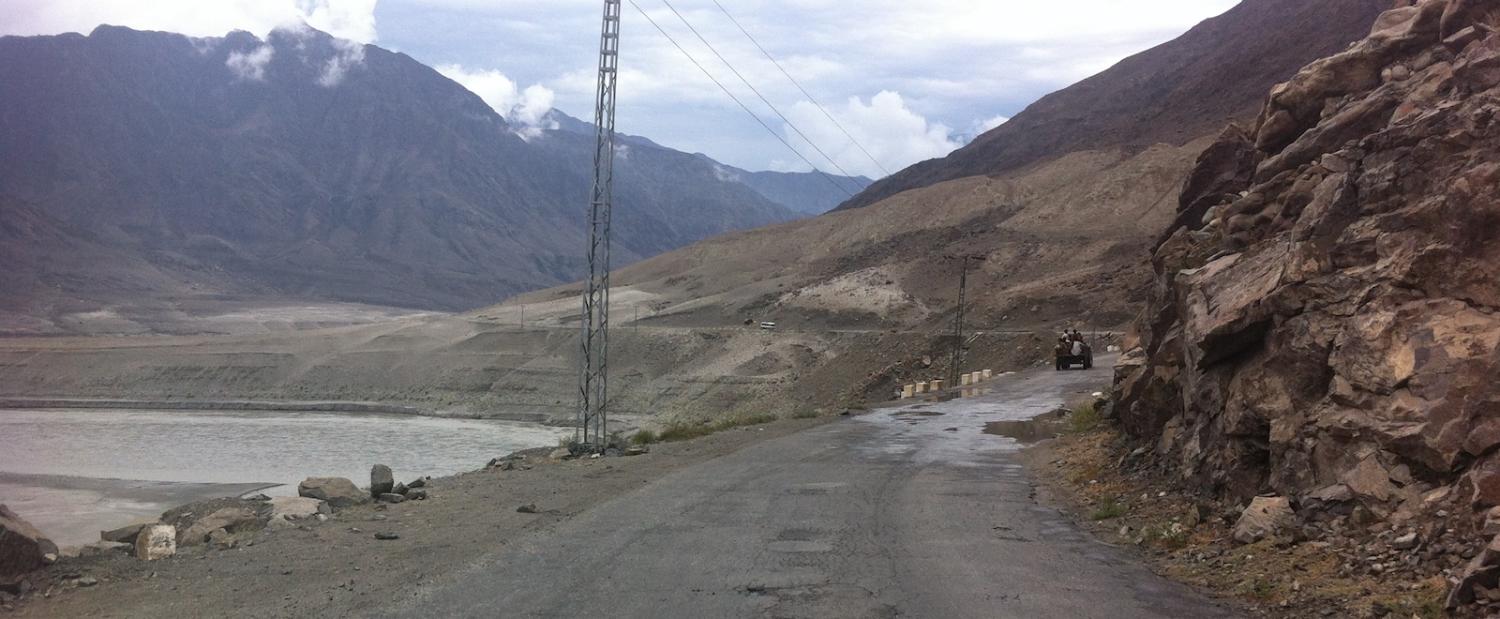In June last year, the top judge in Pakistan, Justice Saqib Nisar, was hearing a case about the need to build new dams in Pakistan. During the proceedings, he remarked that building dams is vital for the country’s survival. The passion of the judge for water security was encouraging, but not many people anticipated the unprecedented move he was about to take.
This entire dam-funding campaign episode embodies what is wrong with modern-day Pakistan.
Justice Nisar ordered the government of Pakistan to set up a crowdfunding account with the donations to be used to finance the construction of the Diamer-Bhasha and Mohmand dams in northern Pakistan. He became the first donor of the campaign, giving 1 million rupees (approximately AUD $10,000) to the dam fund.
The decision kick-started a national campaign in Pakistan, the first of its kind.
Pakistan, with a population of 210 million, is facing severe water scarcity. Experts believe that if the government does not make plans to conserve water, the country could face chronic water shortages in the near future. Former chairman of Pakistan’s Water and Power Development Authority, Shams-ul-Mulk, claimed that Pakistan will face a drought-like situation if large dams are not constructed.
Experts believe that one solution is to build the Daimer-Basha Dam. The proposed dam, located in Gilgit-Baltistan region and 200 kilometres from the Chinese border, would have the capacity to store roughly 10 billion cubic metres of water and the electricity-generation capacity of 4500 megawatts. Another potential project, the Mohmand Dam, is located in the north, just 50 kilometres from the Afghan border. The cost of building both dams runs to about $17 billion.
The cash-starved government of Pakistan simply does not have the means.
Moreover, the ceremony of ground-breaking for the Diamer-Bhasha Dam has already been carried out five times in the last fifteen years, but work is yet to start.
Pakistan sought to borrow money to build the dam, without success. The World Bank refused to lend money for the project, stating that the dam is located in the disputed territory between Pakistan and India. The Asian Development Bank followed suit and also rejected the request for funding. Pakistan even sought help from China to fund construction of the dam under China-Pakistan Economic Corridor (CPEC), and while China agreed on the condition that it will take the ownership of the dam once the construction is completed, the Pakistan government decided not to go ahead.
Under these circumstances, it can be assumed that Justice Nisar thought the only way to build this dam is to collect money from the masses.
Nisar has become one of the most controversial chief justices in the history of Pakistan and did not take seriously the criticism that campaigning for building a dam is not the job of a judge. In one instance, when a local politician was found to have assaulted an employee of the Civil Aviation Authority in August last year, Nisar took notice of the matter and ordered the legislator to not only apologise but also to deposit 3 million rupees in the dam fund as a penalty. Some saw this as a mockery of the Pakistan justice system, Nisar simply did not care. Another time, he threatened legal action against the critics of the crowdfunding campaign.
The dam drama continued to unfold, American music star Akon and British-Pakistani boxer Aamir Khan appealed to Pakistanis to donate to the fund. The most interesting episode was a tour that Nisar undertook in the United Kingdom, where he attended multiple fundraising dinners aimed at British-Pakistanis. While he was busy fundraising, some 40,336 cases remained pending in the court he led.
Nisar retired in January this year, but his dam-fund campaign continues. Going by the current pace of fundraising it will take 14 years to raise the required funds to build both dams. Experts have already questioned the feasibility of raising funds through a crowdfunding campaign.
With Nisar’s retirement, the intensity of this campaign has somewhat died down. But not entirely. Just last week, police arrested a group of robbers in Punjab province, according to a television report. These robbers divided the proceeds of the robberies into quarters, depositing one quarter into the dam fund. They earned the comical title “the ethical robbers” on social media in Pakistan.
Politicians have also criticised this dam fund. Politicians from the under-developed Balochistan province demanded the donations collected in the dam fund should be used for developing small local dams and bluntly pointed out that the donations will never reach a fraction of the amount required to build two mega dams.
This entire dam-funding campaign episode embodies what is wrong with modern-day Pakistan.
One powerful man could start an unrealistic campaign, which is not even his job, and there is no means to stop him. This campaign is not only unrealistic, but it also sets entirely the wrong precedent, using donations to solve economic woes.
As long as the “crowdfund a dam” campaign exists, the government will believe that it is absolved from its duty of taking urgent steps to conserve water in Pakistan.

